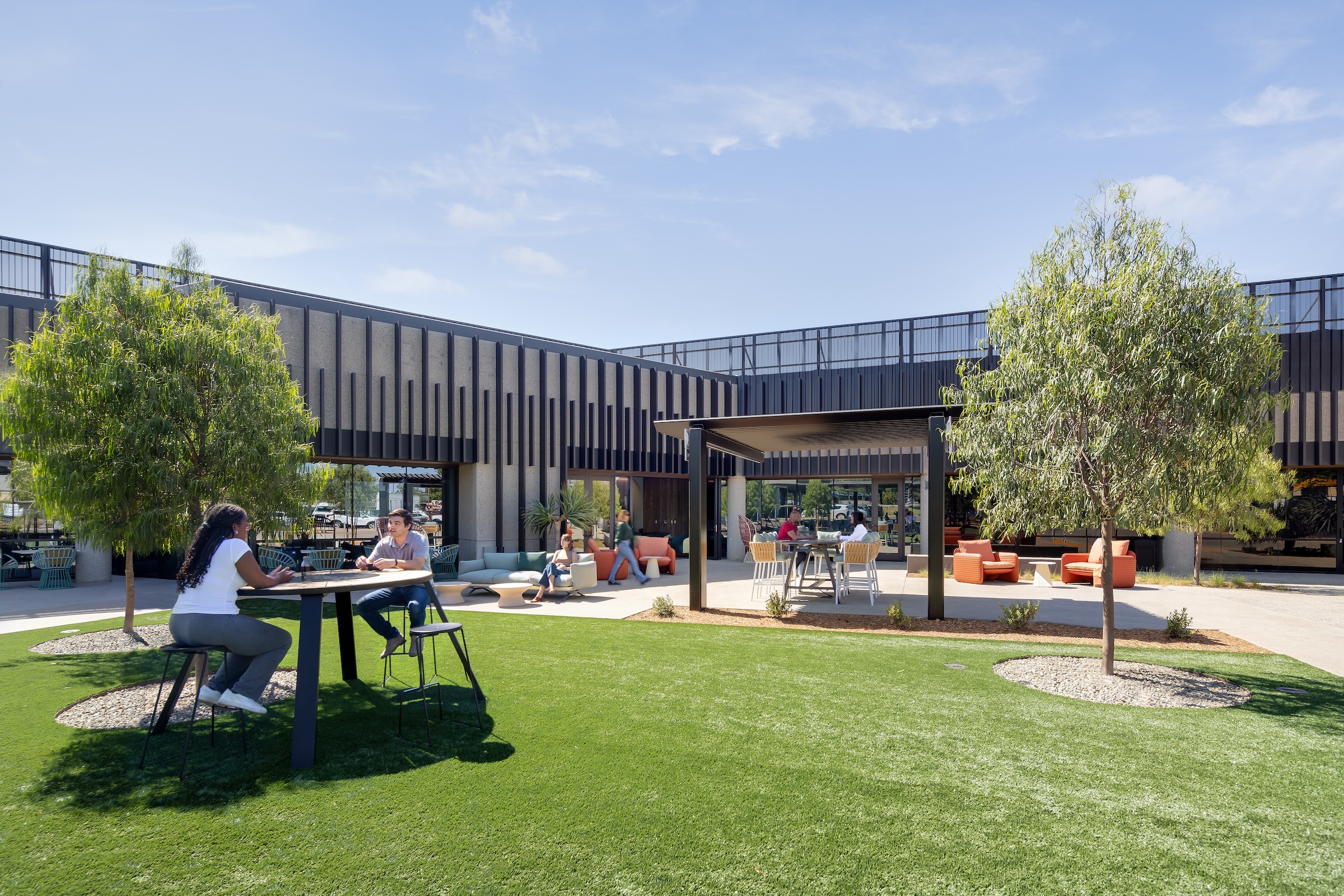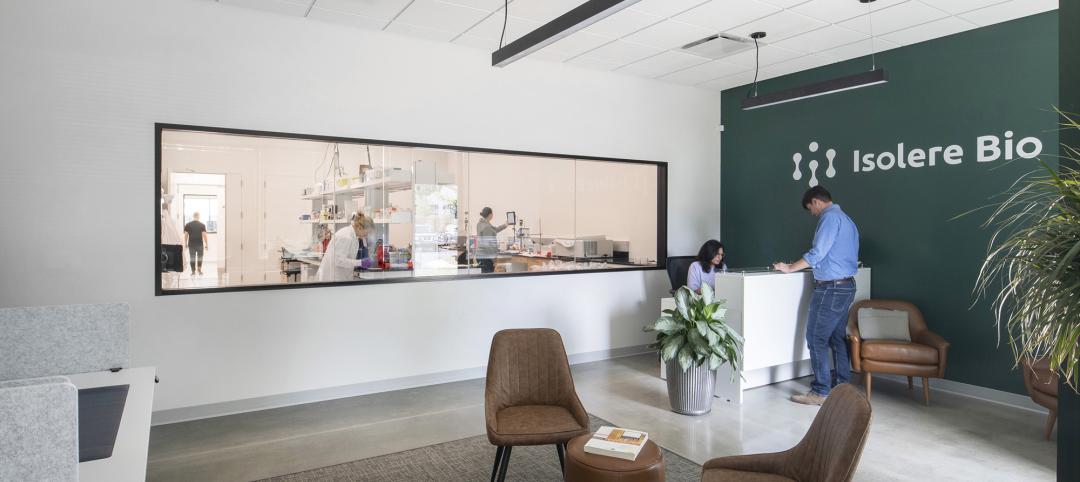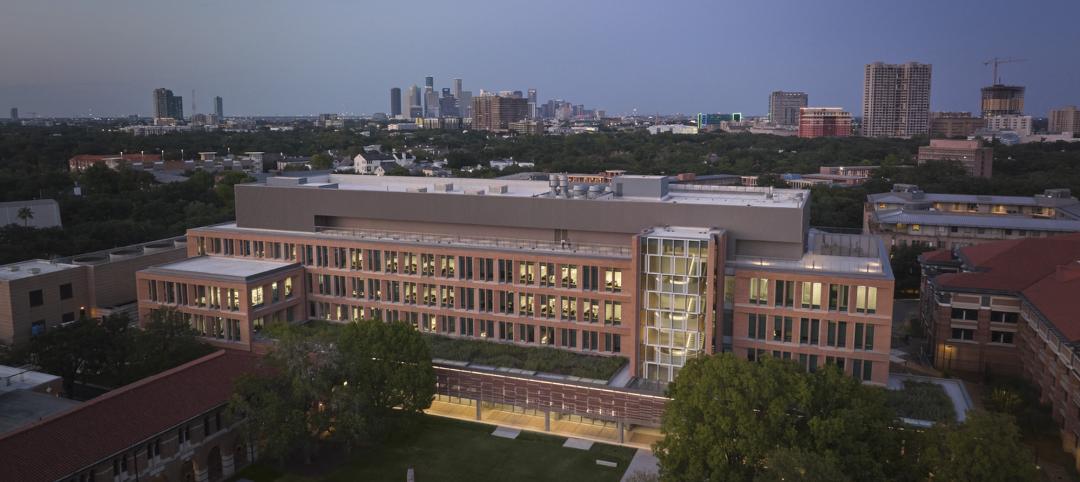The life sciences sector is transforming the real estate market, driven by breakthroughs in biotechnology, pharmaceuticals and medical research. CBRE projects that 21.3 million sf of life sciences real estate will be completed this year, a 65% increase from 13.9 million sf in 2023. This rapid growth has intensified competition for attracting tenants, particularly those seeking to secure top R&D talent. According to CBRE’s U.S. Life Sciences Talent Trends 2024 report, talent acquisition challenges are expected to persist in the industry.
To distinguish their properties, developers are partnering with architectural and design firms to reimagine life sciences facilities as vibrant, welcoming destinations. By emphasizing four key elements—wellness, collaboration, biophilic design, and community integration—they are setting their properties apart. By integrating state-of-the-art facilities with unexpected public amenities, such as breweries and outdoor “living rooms,” these developments foster a more holistic environment. This evolution not only redefines how life sciences companies engage with their communities but also demonstrates how thoughtful lab design can drive innovation, paving the way for a new era in campus development.
A Study in Wellness in Life Science Facilities
Onsite gyms were just the beginning. Life sciences campuses are embracing wellness in more holistic ways to enhance productivity and job satisfaction for the talented individuals typically confined to lab benches. Longfellow Real Estate Partners, developer of the 17-acre Centerpark Labs in San Diego, worked with interdisciplinary design firms HGA and FPBA to create versatile spaces, including indoor-outdoor seating areas, lunch spaces, and a hybrid fitness area with turf and ample space for various athletic activities.
Additionally, Cell Signaling Technology (CST), a leading provider of antibodies, kits and services, will provide employees and visitors with opportunities to connect to nature in the adjacent state park, The Monoliths, supported by a network of walking trails, overlooks, and bicycle facilities on its new research and innovation campus in Manchester-by-the-Sea, Massachusetts.
In the competitive life sciences field, talent is increasingly attracted to workplaces that prioritize well-being and work-life balance which help mitigate burnout. Thoughtfully-designed spaces that enable employees to recharge mentally and physically enhance focus, creativity and collaboration—key drivers of breakthroughs in R&D.
Architects of Insight
Lab spaces were once characterized by isolated environments, designed for scientific functionality above all else. Today, flexibility and collaboration take center stage, with architects designing spaces that remove physical barriers to foster cross-disciplinary communication and the exchange of ideas. Design teams for projects at Centerpark Labs and Cell Signaling Technology have embraced this approach by connecting office and lab spaces with glass walls, fostering transparency and interaction while maintaining workflow. Additionally, open, flexible layouts, enable teams to easily reconfigure spaces as their research evolves, enhancing adaptability in this dynamic field.
Research in Full Bloom
Biophilic design, a popular trend in the office sector, is still a relatively new concept for research facilities. Cell Signaling Technology’s new campus, located on the site of an abandoned granite quarry, will utilize the natural cliff walls and varying elevations to create visual interest, active courtyards and al fresco lounge areas. Centerpark Labs is also incorporating outdoor terraces into its buildings, enabling employees to enjoy San Diego’s warm climate—a feature more commonly seen in Big Tech campuses and modern suburban office design than in scientific facilities. Durham ID, a 1.7 million-sf mixed-use campus developed by Longfellow, directly connects lab and office employees to Morris Green Park, which the firm developed within downtown Durham, N.C.
Life sciences companies are increasingly demonstrating their growing commitment to environmental stewardship. For example, Cell Signaling Technology’s new R&D campus is designed to eliminate the use of fossil fuels and achieve net-zero emissions—a dramatic transformation from its previous life as an environmentally depleted quarry site. By using sustainable materials, energy-efficient practices and preserving local flora, life sciences campuses not only contribute to a healthier planet while creating inviting spaces that attract eco-conscious talent. This approach reinforces company values and fosters a stronger connection between employees and their environment.
Life science campuses as destinations for the community
By integrating public-facing amenities such as restaurants, retail spaces and residential elements, life sciences facilities are becoming community-centric destinations that offer significant value for tenants and the local economy. Durham ID and Centerpark Labs have introduced features like onsite taquerias, coffee shops, yoga studios, and even a brewery to encourage public interaction and increase foot traffic. Durham ID’s mixed-use design, which integrates residential units, offices, retail and lab spaces, further stimulates local engagement, creating a strong sense of community for those who live, work and play in the area.
Wellbeing Transcends Industries
The transformation of life sciences campuses from isolated laboratories to vibrant hubs of activity reflects the growing importance of wellness and collaboration in today’s workplaces, regardless of the field. By creating innovative, flexible spaces that prioritize collaboration and well-being, architecture firms are meeting current needs while anticipating future industry demands. Their ability to create environments that foster innovation, sustainability, and community engagement will be essential in attracting and retaining top talent.
In this rapidly evolving landscape, the partnership between life sciences companies and architecture firms will be essential in creating vibrant hubs for research and discovery that drive innovation and progress. These next-generation campuses offer much more than functional lab spaces; they create dynamic environments where science, community and creativity converge.
Related Stories
Laboratories | Apr 15, 2024
HGA unveils plans to transform an abandoned rock quarry into a new research and innovation campus
In the coastal town of Manchester-by-the-Sea, Mass., an abandoned rock quarry will be transformed into a new research and innovation campus designed by HGA. The campus will reuse and upcycle the granite left onsite. The project for Cell Signaling Technology (CST), a life sciences technology company, will turn an environmentally depleted site into a net-zero laboratory campus, with building electrification and onsite renewables.
Laboratories | Apr 12, 2024
Life science construction completions will peak this year, then drop off substantially
There will be a record amount of construction completions in the U.S. life science market in 2024, followed by a dramatic drop in 2025, according to CBRE. In 2024, 21.3 million sf of life science space will be completed in the 13 largest U.S. markets. That’s up from 13.9 million sf last year and 5.6 million sf in 2022.
Sustainability | Mar 21, 2024
World’s first TRUE-certified building project completed in California
GENESIS Marina, an expansive laboratory and office campus in Brisbane, Calif., is the world’s first Total Resource Use and Efficiency (TRUE)-certified construction endeavor. The certification recognizes projects that achieve outstanding levels of resource efficiency through waste reduction, reuse, and recycling practices.
Adaptive Reuse | Mar 7, 2024
3 key considerations when converting a warehouse to a laboratory
Does your warehouse facility fit the profile for a successful laboratory conversion that can demand higher rents and lower vacancy rates? Here are three important considerations to factor before proceeding.
University Buildings | Feb 21, 2024
University design to help meet the demand for health professionals
Virginia Commonwealth University is a Page client, and the Dean of the College of Health Professions took time to talk about a pressing healthcare industry need that schools—and architects—can help address.
Urban Planning | Feb 5, 2024
Lessons learned from 70 years of building cities
As Sasaki looks back on 70 years of practice, we’re also looking to the future of cities. While we can’t predict what will be, we do know the needs of cities are as diverse as their scale, climate, economy, governance, and culture.
Laboratories | Feb 5, 2024
DOE selects design-build team for laboratory focused on clean energy innovation
JE Dunn Construction and SmithGroup will construct the 127,000-sf Energy Materials and Processing at Scale (EMAPS) clean energy laboratory in Colorado to create a direct path from lab-scale innovations to pilot-scale production.
Laboratories | Jan 25, 2024
Tactical issues for renovating university research buildings
Matthew Plecity, AIA, ASLA, Principal, GBBN, highlights the connection between the built environment and laboratory research, and weighs the benefits of renovation vs. new construction.
Laboratories | Jan 22, 2024
Speculative vs purpose-built labs: Pros and cons
Hanbury's George L. Kemper, AIA and R. David Cole, AIA share the unique advantages and challenges of both spec. and purpose-build labs.
University Buildings | Jan 18, 2024
Houston’s Rice University opens the largest research facility on its core campus
Designed by Skidmore, Owings & Merrill (SOM), the 251,400-sf building provides students and researchers with state-of-the-art laboratories, classrooms, offices, and a cafe, in addition to multiple gathering spaces.

















